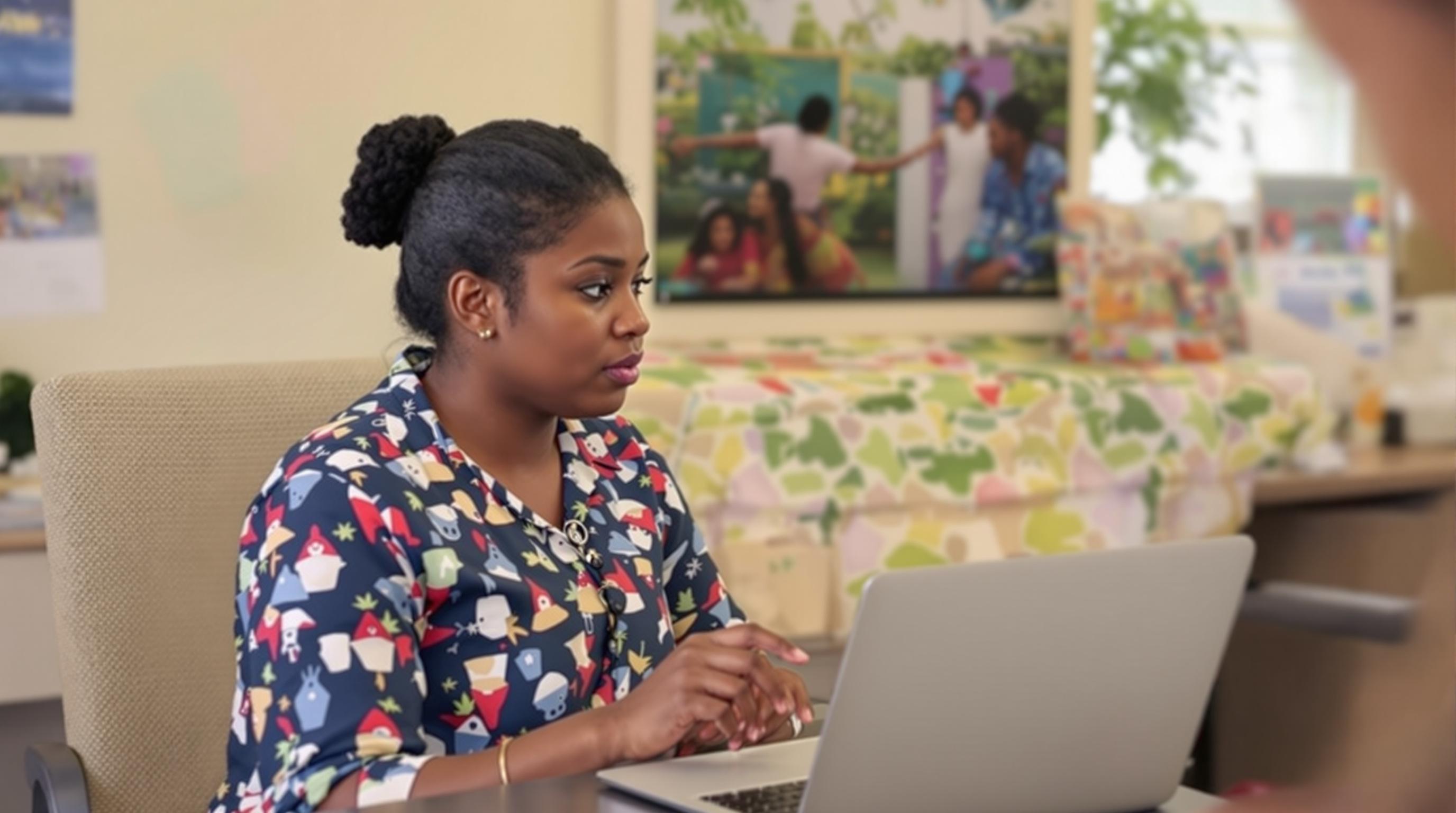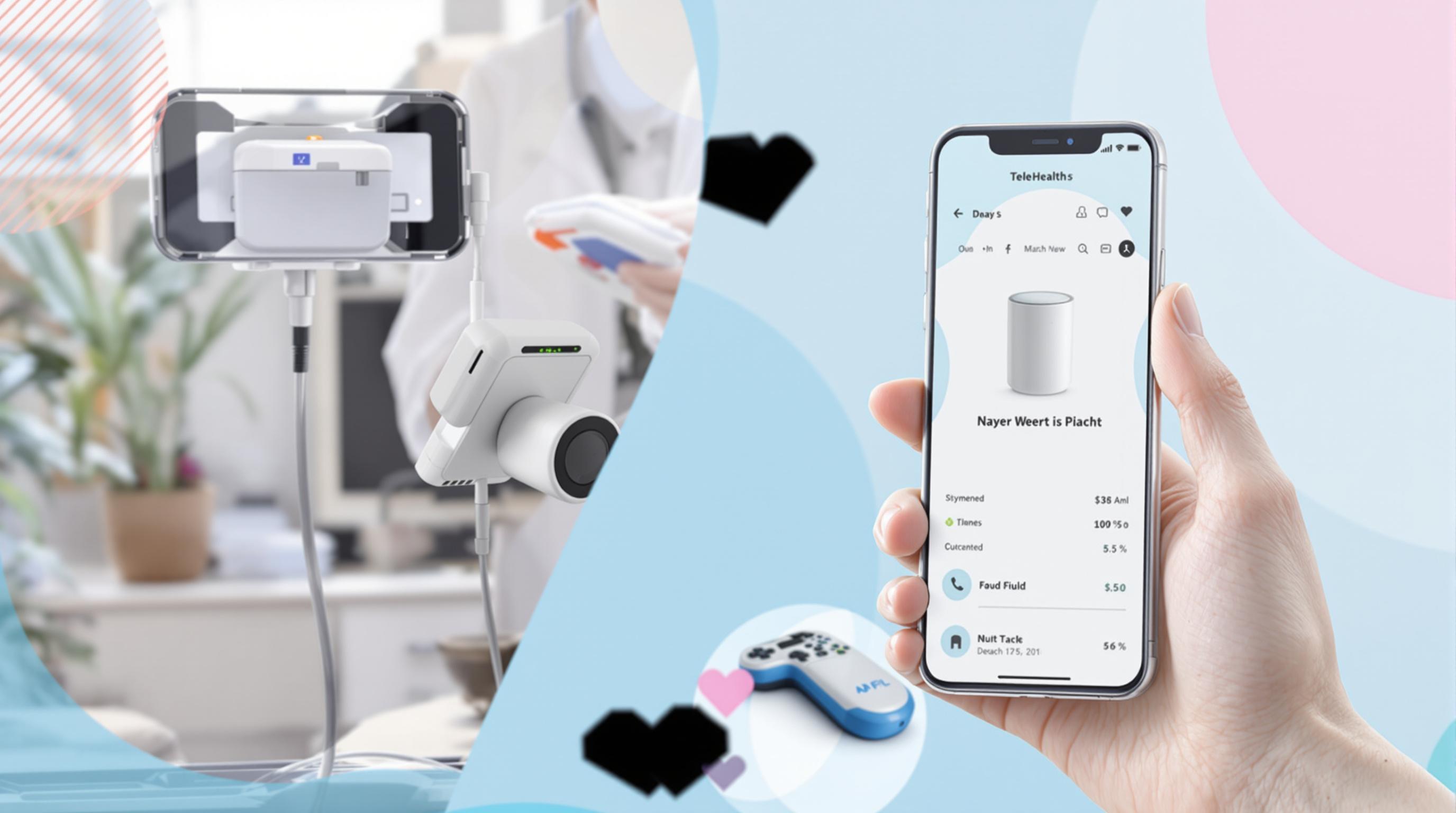Related Articles
- The Unexpected Impact of Environmental Factors on the Accuracy of Medication Dispensing Technologies
- Exploring the Influence of Mental Health Stigma on Accessibility and Affordability of Coverage in Modern Insurance Plans
- How Cloud Storage Quirks Are Quietly Complicating Patient Data Protection in Modern Healthcare Settings
- Top 6 Emerging Medical Billing Platforms Revolutionizing Practice Revenue Cycles Since 2019
- When Digital Distance Deepens Divide: Surprising Social Costs of Remote Health Services in Underserved Communities
- The Unexpected Role of EHR Usability in Physician Burnout and Strategies to Reclaim Workflow Balance
Unearthing the Silent Strains: How Telecare Shapes Patient-Provider Trust in Forgotten Margins of Healthcare
Unearthing the Silent Strains: How Telecare Shapes Patient-Provider Trust in Forgotten Margins of Healthcare
Telecare is quietly revolutionizing trust between patients and providers in the overlooked corners of healthcare, though challenges remain in bridging the gap fully. This article unpacks the nuanced impact of telecare on relationships, with illustrative case studies, statistics, and expert reflections from both young and seasoned perspectives.
The Quiet Revolution: Telecare's Reach in Remote Communities
Imagine a grandmother living miles from the nearest clinic, now able to consult with her doctor from a simple tablet. Telecare services enable such transformations, especially in rural areas where healthcare access has been historically tenuous. According to a 2023 WHO report, telecare usage in rural regions worldwide increased by 45% from 2020 to 2023, dramatically reducing travel barriers and wait times.
Mary, 62, from rural Montana, recalls her first telecare session, "At first, I was skeptical—no doctor has ever been just a screen before. But after my session, I felt heard, cared for, and reassured, despite the miles between us."
Trust: The Cornerstone and Its Fragility
Trust is the invisible thread weaving the patient-provider relationship. For marginalized patients, who often perceive healthcare as inaccessible or dismissive, telecare presents both hope and hurdles in trust-building.
A 2022 study from the Journal of Medical Internet Research noted, "While 78% of patients expressed satisfaction with telecare convenience, only 53% felt it enhanced their trust in providers." This discrepancy highlights a crucial tension: convenience doesn't always equate to confidence.
From a Young Investigator's Lens
At 23, freshly stepping into the world of health technology research, I’ve witnessed how the digital interface can sometimes anonymize and depersonalize encounters. But it can also serve as a bridge—especially when dealing with stigmatized illnesses or marginalized groups hesitant to visit brick-and-mortar clinics.
Consider Lila, a 19-year-old living with anxiety and depression, who says telecare feels less intimidating and allows her to open up in ways in-person visits never did.
Case Study: The Urban Elderly and Telecare Adoption Challenges
On the flip side, older urban patients often struggle with telecare’s demands for tech literacy. Henry, 70, a retiree, candidly puts it, "I miss the old days when going to the doctor was straightforward. Now, with all these apps and logins, sometimes I feel left out."
Data indicate that while 65% of older adults have access to digital tools, only 42% report feeling confident using them for health purposes (Pew Research Center, 2023).
The Imperative of Personalization
Telecare isn’t a one-size-fits-all solution. For patient-provider trust to flourish, systems must accommodate individual preferences. Offering hybrid models—combining telecare with occasional in-person visits—can ease transitions and build rapport.
Dr. Elena Ramirez, a physician specializing in telemedicine, advocates, "Our role is to tailor communication, practice patience, and create multiple touchpoints. Trust grows when patients feel seen beyond the screen."
Humor Breaking Barriers
Who says telecare has to be all serious? Sometimes trust starts when the provider shares a joke or tells a funny story that makes the patient’s worries momentarily lighter. One nurse shared how comic relief during a video call eased a patient’s apprehension and opened honest dialogue.
Statistical Snapshot: Telecare’s Growing Footprint
Since the surge in telecare adoption post-pandemic (2020), about 70% of healthcare providers worldwide have incorporated some form of remote care into their practice (McKinsey & Co., 2024). Furthermore, a 2023 survey revealed 80% of patients desire continued telecare options after the pandemic, signifying its embedded potential to reshape trust dynamics.
The Invisible Strains Within Technology
Yet beneath the surface lies a silent tension: technology glitches, privacy concerns, and lack of nonverbal cues can strain trust. If consultations freeze mid-discussion or data security is questioned, patient confidence can erode quickly.
Jennifer, a 45-year-old teacher, recalls a traumatizing moment when her telecare session was hacked, "I felt violated and reluctant to use telecare again."
Bridging the Emotional Gap
Empathy transcends screens. For providers, mastering expressive communication becomes essential in virtual spaces. Training programs emphasizing active listening and emotional intelligence for remote care can foster trust despite physical distance.
Forget Me Not: Addressing Health Inequities in Marginalized Groups
Marginalized populations often face systemic barriers—language, economic constraints, or cultural stigma—that limit healthcare access and trust. Telecare, when thoughtfully implemented, can mitigate some of these by offering interpreters, flexible scheduling, and culturally sensitive platforms.
A project in South Africa integrating telecare with community health workers saw a 30% increase in appointment adherence among underserved populations.
The Narratives Matter
Storytelling is powerful in humanizing telecare. Patients sharing experiences of healing through remote consultations challenge stereotypes and encourage others to embrace telecare services.
The words of Ricardo, a 39-year-old migrant worker, resonate: "The video calls meant I could talk to my doctor without fear of judgment, even when I was too scared to visit in person."
Persuasive Outlook: Why the Future Demands Telecare Trust Building
As healthcare systems globally grapple with provider shortages, aging populations, and growing chronic diseases, telecare isn’t a luxury—it’s a necessity. Investing in trust through robust technology, personalized care, and empathetic communication is imperative to realize telecare’s full promise.
Without trust, even the most innovative tools remain underutilized. By recognizing and addressing silent strains, we can ensure telecare fosters connections rather than creating divides.
Closing Thoughts from a Veteran Journalist
At 56, having reported on health disparities for decades, I see telecare as a double-edged sword. It wields extraordinary potential but demands consistent effort to humanize and democratize care. Only by listening to the forgotten voices and adapting with compassion can telecare truly transform patient-provider trust.
Ultimately, telecare must evolve into a bridge that not only connects technology but hearts and minds in those silent margins of healthcare.




